We all have in our eyes a particular moment in sporting history that concerns a winter sport. Each of these performances remind us how much effort, how much training, how many sacrifices great successes cost. Winter sports are among the most strenuous that a human being can practice. There are many but they all have one factor in common: snow.
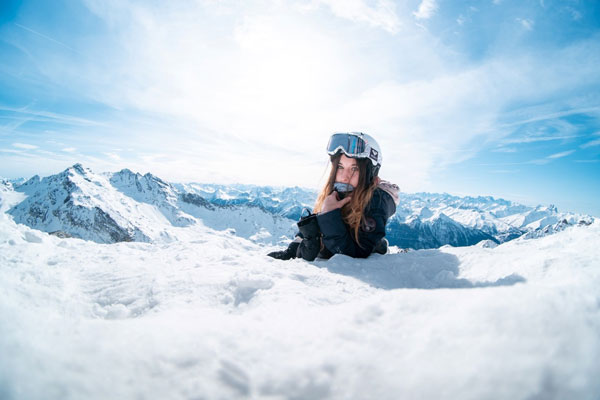
Snow is not a real “terrain” but covers surfaces in various ways and with many different shades. It is no coincidence that the Inuit people have different names to describe each type of snow. Besides its chemical properties, snow is a very demanding surface in terms of sport efforts. It requires more strength, more endurance and solidity from human body.
So, before actually start winter-sport activities there will be proper preparation to be done. Athletes know this pretty well. Their entire career is built upon a series of hard trainings, self-monitoring activities and gear optimization.
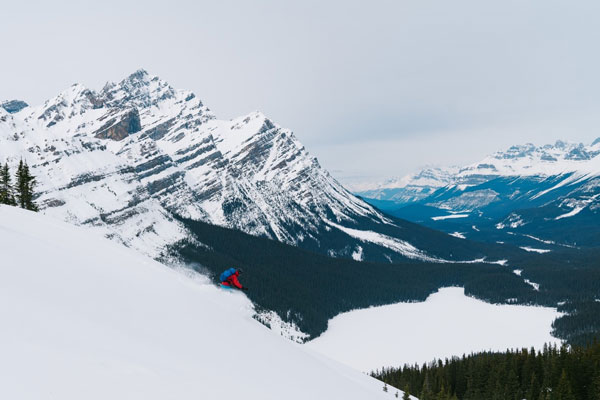
What athletes are always working on? Here’s a list:
- Improve cardio endurance to last longer on the snow.
- Seek advice from trainer and physiotherapist on a specific ski or snowboard training program as early as possible.
- Specific neuromuscular conditioning program to better prepare your body for the demands of skiing and snowboarding, and reduce the risk of injury.
- Incorporate drills that improve foot speed and coordination to improve reaction time.
As it is clear there will always be the need for monitoring progress and results. That’s why European Projects like SINTEC are working on flexible soft skin patches to use on winter-sport athletes.
Moreover, there’s also the risk for injuries to avoid: blisters, strains, hypothermia, frostbite, sunburn and snow blindness, many of which occurs during training sessions. So, to be able to keep the athlete monitored plays a key role for the athlete’s health and for sport results.
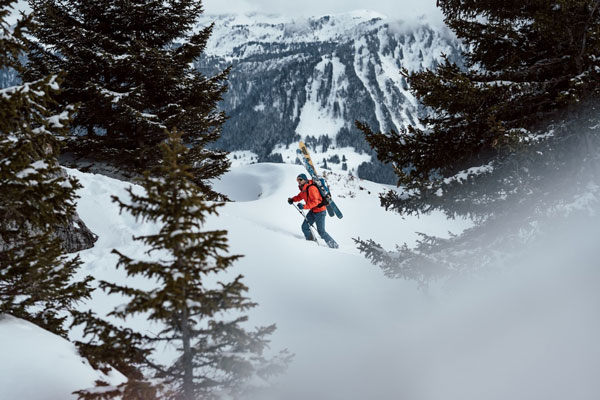
The future of winter sports relies very much on intelligent wearables. Insoles that become your personal ski instructor or textiles that regulate your body temperature? The trend of intelligent wearables is, admittedly, not new but however still strongly dominating the startup scene and product releases within the ski sector.
Last, but not least, there’s the sustainability matter. Consumers and athletes all around the world want to know that their winter sports equipment is produced in an ecological and sustainable way. For this reason, many companies are trying to create disruptive technologies in several winter-sports related sectors to get more from training and more when in international competitions.
In the following weeks we will talk again of winter sports. We will take a closer look to a couple of possible uses of SINTEC Project technology in two winter sport disciplines. If you like this article, share it and stay tuned for the next entry!
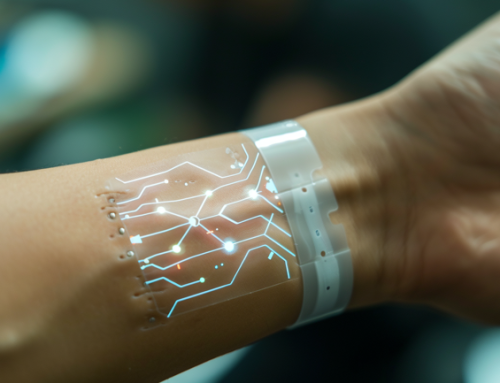

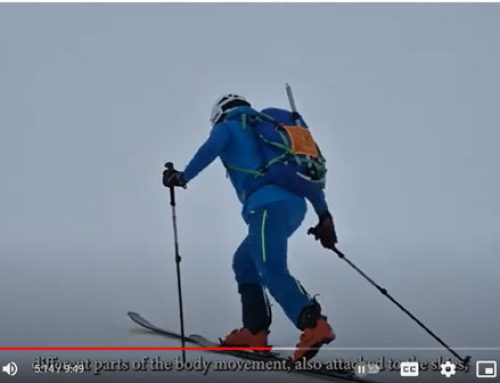
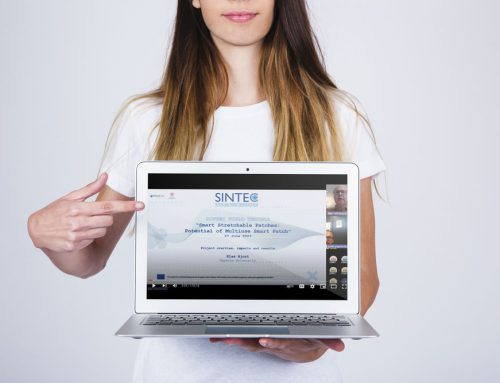
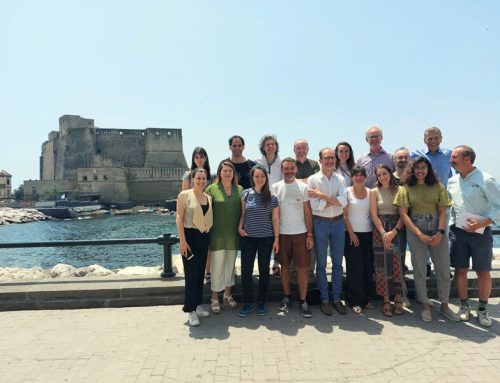



Leave A Comment